Transform your living space into a unique sanctuary with curated retro decor that combines timeless style and personal flair. In today’s fast-paced world, many seek ways to refresh their homes with a touch of distinction. Curated retro decor offers a pathway to achieving this, blending the charm of yesteryear with modern sensibilities. Whether you’re a seasoned decorator or new to the craft, this approach allows you to infuse your space with character, history, and a touch of individuality. From understanding the nuances of curated decor to discovering the best spots for vintage finds, this guide delves into the art of integrating retro and vintage elements seamlessly. Explore the differences between retro and vintage styles, uncover the secrets of curated vintage shops, and learn how these pieces can elevate your home decor game. With expert tips and inspiration, this article will guide you toward creating a space that feels authentically yours,imbued with the warmth of the past while staying rooted in the present.
Key Takeaways
- Retro Items Transform Spaces: Incorporate retro decor and vintage elements to create a timeless style in your home.
- Characteristics of Retro Items: Embrace unique designs, historical significance, nostalgic appeal, and standout features.
- Examples Across Categories: Use vintage fashion, tech gadgets, home decor, and art to infuse retro elements.
- Emotional and Cultural Appeal: Connect with the past through retro items, fostering a sense of shared heritage.
- Retro Popularity Driven by Nostalgia and Sustainability: Discover curated collections and eco-friendly consumption trends.
- Differentiate Between “80s Vintage” and “Retro”: Understand their meanings and contexts for authentic vs. modern interpretations.
- Retro Design Elements: Utilize mid-century modern influences, timeless appeal, and vintage inspiration in your space.
- Applications of Retro Design: Enhance furniture, interiors, and fashion with sleek lines and iconic styles.
- Timeless Appeal of Retro Design: Enjoy modern relevance and personal expression through retro aesthetics.
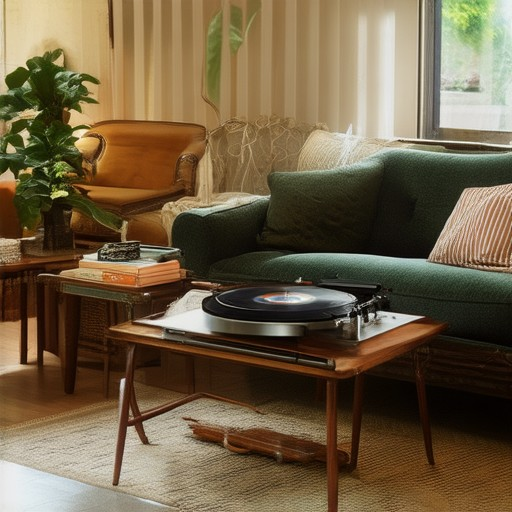
Curated Decor
Curated decor refers to a personalized and intentional approach to designing or decorating a space. It involves carefully selecting items that align with a specific theme, style, or story to create a cohesive and meaningful environment. Unlike mass-produced or generic designs, curated decor focuses on uniqueness, personalization, and thoughtfulness in every detail.
Key Characteristics of Curated Decor:
- Thoughtful Selection : Each item is chosen to complement the others, creating a harmonious look.
- Themed Consistency : Pieces often fall under a unified theme or aesthetic, whether it’s mid-century modern, bohemian, industrial, or eclectic.
- Storytelling : Objects are selected to share a narrative, reflecting the personality or history of the space.
- Attention to Detail : Every element, from colors to textures, is purposefully chosen to enhance the overall atmosphere.
How It Differs from Styled Decor:
- Curated emphasizes uniqueness and personalization.
- Styled focuses on trends or a specific look without necessarily telling a unique story.
Benefits of Curated Decor:
- Creates a distinctive ambiance tailored to your preferences.
- Adds character and depth to your living space.
- Makes your home feel truly yours, reflecting your personality and tastes.
Popular Platforms for Curated Decor:
- Etsy : Known for its diverse selection of handmade and vintage items.
- West Elm : Offers a mix of curated collections and DIY options.
- Pottery Barn : Features a variety of curated themes and styles.
- Retro Sales : Specializes in vintage and retro pieces, perfect for creating a curated decor vibe.
By choosing curated decor, you’re not just decorating a room—you’re crafting a personal sanctuary that tells your story. Explore our curated collections today and bring your vision to life!
What is a Curated Vintage Store?
A curated vintage store is a specialized retail establishment that focuses on selling high-quality, unique, and historically significant items from previous eras. These stores often cater to enthusiasts of retro fashion, antiques, and nostalgia, offering a carefully selected collection of vintage clothing, accessories, furniture, and housewares. The term “curated” implies that the selection has been thoughtfully organized and meticulously chosen to reflect a particular aesthetic or era.
Key Characteristics of Curated Vintage Stores:
- Authenticity: Items are genuine and often date back several decades, with many pieces being at least 20 years old.
- Uniqueness: Each piece tells a story and is one-of-a-kind, making every purchase special.
- Preservation of History: The goal is to preserve the integrity and character of the items, often restoring them to their original condition without altering their historical value.
- Categorization: Many curated vintage stores organize their inventory by decade, era, or type of item, making it easier for customers to find exactly what they’re looking for.
Examples of Curated Vintage Stores:
Some well-known names in the world of curated vintage include:
- Vintage Stock – Known for its extensive collection of retro and vintage goods.
- Grandma’s Closet – Specializes in vintage clothing and accessories with a focus on unique finds.
- Past Perfect Vintage – Offers a curated selection of vintage items spanning multiple decades.
- Rue de Rose – A go-to destination for vintage-inspired fashion and home decor.
Why Shop at a Curated Vintage Store?
Curated vintage stores provide more than just items—they offer a shopping experience centered around discovery, storytelling, and a connection to the past. Shoppers can explore pieces that may have led fascinating lives, fuel their creativity, and contribute to a sustainable and eco-friendly lifestyle by reusing and enjoying timeless items.
Whether you’re looking for a statement piece, a unique gift, or simply something that stands out, a curated vintage store is a treasure trove of possibilities.
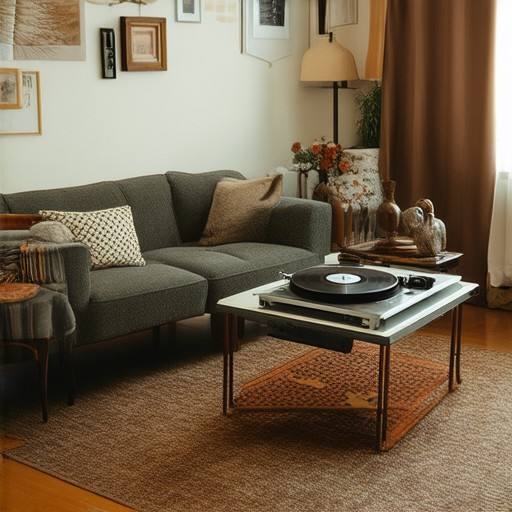
What is the difference between retro and vintage interior design?
Retro and vintage interior designs are distinct styles that reflect different approaches to timelessness in design. While both evoke a sense of nostalgia, they differ significantly in their origins, aesthetics, and applications.
Vintage Interior Design
Vintage design refers to styles that are rooted in the past, often dating back several decades. These designs emphasize authenticity, craftsmanship, and the uniqueness of their time period. Vintage interiors frequently feature:
- Original, handcrafted pieces
- Antique furniture and decor
- Timeless architectural elements
- Earthy color palettes
- A focus on functionality over modern convenience
Examples of vintage interior design include mid-century modern furniture, Arts and Crafts Movement pieces, and Victorian-era decor. The goal is to create a space that feels authentic and connected to history.
Retro Interior Design
Retro design, on the other hand, revisits past trends and styles with a modern twist. It often blends influences from the 1950s to the 1980s, focusing on reviving popular designs from these eras. Retro interiors are characterized by:
- The deliberate use of past-inspired motifs
- Color schemes inspired by the 70s or 60s
- Furniture and decor that mimic iconic designs
- A playful mix of old and new elements
Retro design is particularly popular for its ability to create nostalgic spaces that evoke a sense of the past while remaining contemporary. Examples include 1970s-inspired bohemian chic or 1950s-style atomic modernism.
How to Choose Between Them
Choosing between vintage and retro depends on your aesthetic preferences and the story you want your space to tell. Vintage leans toward authenticity and tradition, while retro offers a modern take on the past. Consider the following when deciding:
- Your personal style preferences
- The time period you wish to emulate
- Whether you prefer a more traditional or eclectic look
Examples of Retro and Vintage Interiors
- Vintage Example: A room adorned with original Art Nouveau lighting, antique Persian rugs, and a claw-foot bathtub.
- Retro Example: A space featuring mid-century modernist furniture with a bold, geometric wallpaper pattern and vibrant color accents.
Competitors and Resources
If you’re looking to explore these styles further, consider visiting platforms like Vintage Sales or Retro Life . These sites offer inspiration, antiques, and collectibles to help you achieve the perfect vintage or retro look in your home.
By understanding the differences between vintage and retro interior design, you can create a space that truly reflects your personality and historical imagination.
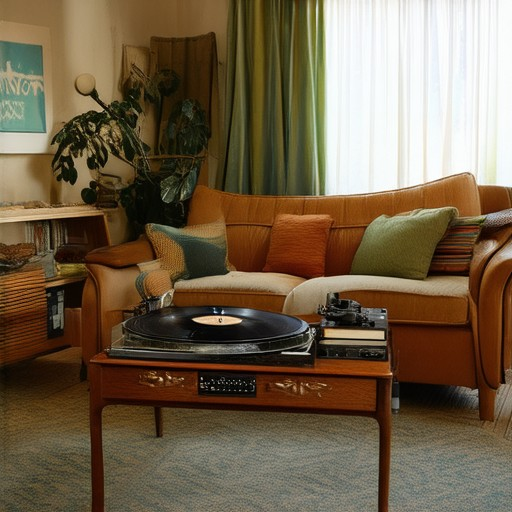
What Are Retro Items?
Retro items are objects, fashion pieces, or designs that reflect the aesthetic and文化 of previous decades, often reviving styles from the 1960s, 1970s, 1980s, and early 2000s. These items are cherished for their nostalgic charm and unique appeal, blending timeless elegance with a sense of history.
Key Characteristics of Retro Items:
- Design Inspiration : Retro items are typically inspired by past eras, featuring iconic designs, colors, and materials associated with those times.
- Historical Significance : Many retro items hold cultural or historical value, serving as reminders of the past.
- Nostalgic Appeal : Their designs evoke feelings of nostalgia, connecting people to memories of earlier times.
- Uniqueness : Retro items often stand out due to their distinctive features and limited availability.
Examples of Retro Items:
- Fashion : Vintage clothing, bell-bottom jeans, tie-dye shirts, and leather jackets.
- Technology : Analog calculators, Walkmans, and retro-style mobile phones.
- Home Decor : Mid-century modern furniture, vintage lighting, and retro appliances.
- Art and Design : Classic album covers, film posters, and iconic logos.
Why People Love Retro Items:
Retro items are sought after for their uniqueness, historical significance, and emotional connection to the past. They offer a tactile experience, allowing owners to feel part of a shared cultural heritage.
Trends in Retro Sales:
Retro items continue to grow in popularity, driven by nostalgia and a desire for sustainable, eco-friendly consumption. Platforms like Retro Sales cater to enthusiasts, offering curated collections and educational content about retro culture.
By embracing retro items, we not only celebrate the past but also find a way to bring it into the present, ensuring these timeless pieces remain valued for generations to come.
Is 80s Vintage or Retro?
The terms “80s vintage” and “retro” are often used interchangeably, but they carry distinct meanings and contexts. Here’s a breakdown:
- Vintage: Typically refers to items or styles from a specific historical era, particularly the mid-to-late 20th century. “80s vintage” specifically highlights items from the 1980s.
- Retro: Refers to the revival or reproduction of past styles, often blending elements from different decades. It can encompass a broader range of influences, not limited to the 1980s.
When describing 1980s-inspired fashion, home decor, or pop culture, both terms can be used. However, “vintage” tends to emphasize authenticity and historical context, while “retro” focuses on the revival and modern interpretation of those styles.
To explore more, visit our RetroSales platform, where we showcase a curated selection of vintage and retro items.
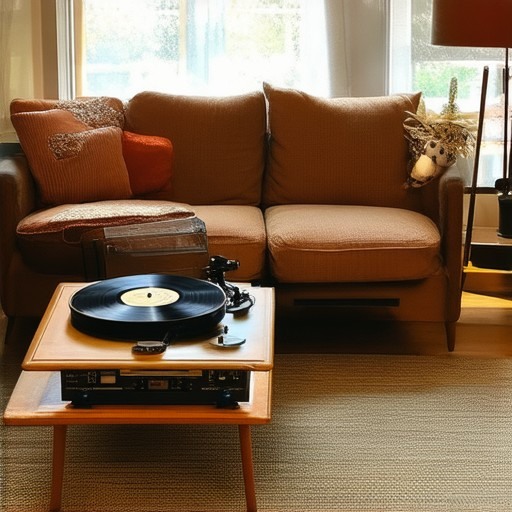
What Design Style is Retro?
Retro design refers to a style that is inspired by past eras, particularly the midcentury modern period. This design aesthetic emphasizes simplicity, functionality, and clean lines, often drawing inspiration from architectural movements like Modernism and Mid-Century Modern.
Key Elements of Retro Design:
- Mid-Century Modern Influence : Retro design is heavily influenced by the mid-20th century, characterized by geometric shapes, minimalist forms, and bold colors.
- Timeless Appeal : While rooted in the past, retro design has a timeless quality that makes it popular among contemporary audiences.
- Vintage Inspiration : The style often incorporates elements from earlier centuries, such as Art Deco motifs or Victorian-era details, reinterpreted for modern contexts.
Popular Applications of Retro Design:
- Furniture : Retro-style furniture often features sleek lines, industrial influences, and iconic designs like those from Charles and Ray Eames.
- Interior Design : Retro interiors frequently incorporate vintage elements like clawfoot tubs, brass fixtures, and large, elegant mirrors.
- Fashion : Retro fashion draws inspiration from iconic figures of the past, such as Marilyn Monroe or Audrey Hepburn, often reimagined with a modern twist.
Why Retro Design is Popular Today:
Retro design resonates with modern consumers because it offers a sense of nostalgia while providing fresh, innovative takes on traditional styles. It allows for personal expression and creates a unique connection between past and present.
To explore more about retro design and discover curated pieces that embody this timeless style, visit our website at retrosales.org .
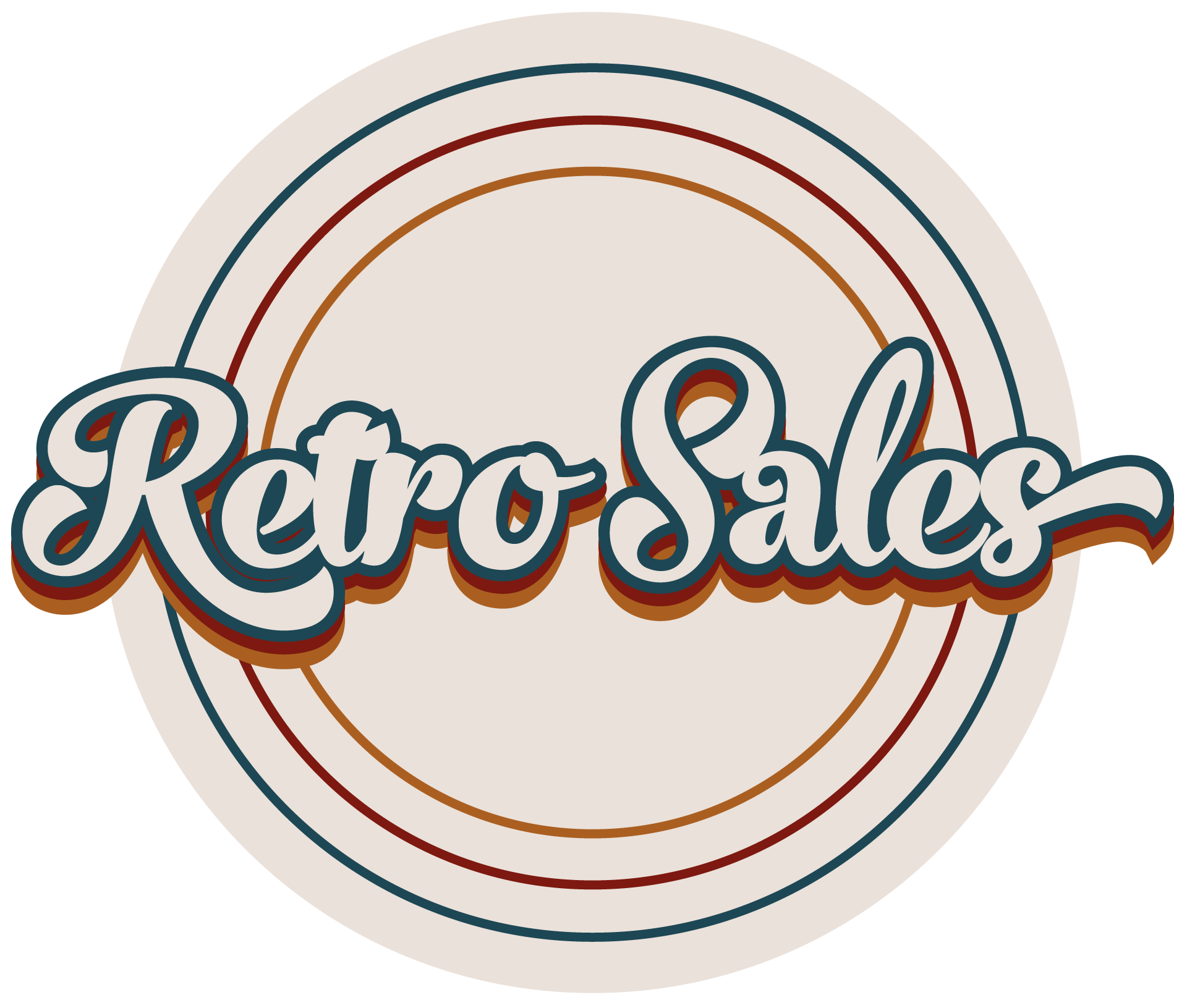
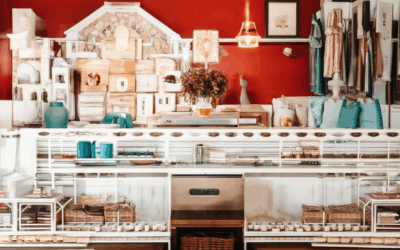
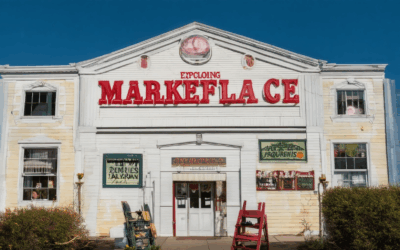
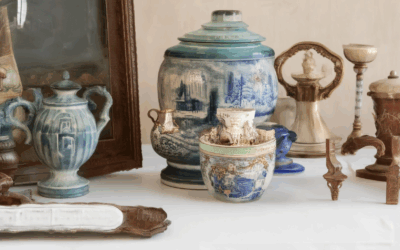
0 Comments